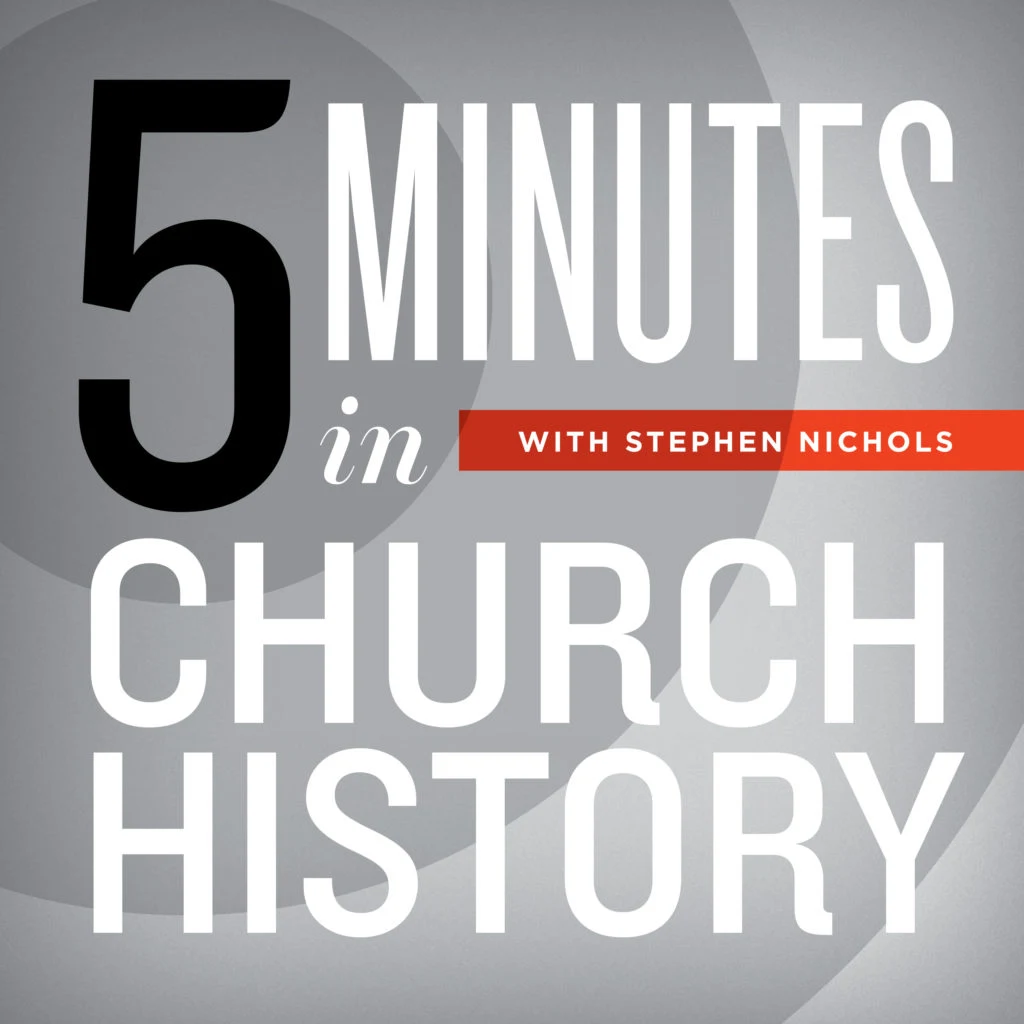Naming the Antichrist: Reformation and Modern Views

Why did many of the Reformers identify the pope as the Antichrist? Today, Stephen Nichols continues his survey of Christian views on the Antichrist and interpretations of the number 666, moving from the Reformation to the present day.
Welcome back to another episode of 5 Minutes in Church History. Last week, we were reviewing the history of naming and identifying the Antichrist. We got up to the 1200s, but I want to dip back into the third or fourth century for an anonymous description of the Antichrist. There was some rather fanciful things happening in biblical interpretation, and this represents it quite well. So here we go. This is a physical description of the Antichrist: “These are the signs of him. His head is as a fiery flame, his right eye shot with blood, his left eye blue-black, and he has two pupils. His eyelashes are white and his lower lip is large, but his right thigh slender, his feet broad, his great toe is bruised and flat.” Well, if you see someone like that, then that would be the Antichrist.
Moving forward to the 1200s, I told you the row between the Holy Roman Emperor, Frederick II and Pope Gregory IX, and then Gregory’s successor Innocent IV, both of those popes called Frederick the Antichrist. Frederick then said of Innocent IV that “he is the Antichrist,” and that “his name is of the mark of the beast,” and that he is “of the Antichrist who equals 666.” It had to do with one of his papal titles. You know that Roman numerals are letters, so you add up the numerical value of the letters, and you get 666. Impeccable logic. So not only do we begin the tradition of identifying the pope as Antichrist, but we have this tradition of trying to find reasons or arguments (however flawed they may be) that in fact, this person deserves to be called the Antichrist.
As we move into the Reformers, they of course pick up this tradition with gusto. Luther first thought rather favorably of Leo X. He’s writing him in 1518, and he speaks rather respectfully when he says, “I have always been sorry, Most Excellent Leo, that you were made pope in these times for you are worthy of being pope in better days.” Well, didn't take Luther long to change his mind when he got to know who Leo X really was. And so by 1519, he’s calling him the Antichrist, and he goes into print on this in 1520 in his Babylonian Captivity of the Church where Luther says, “The papacy is indeed nothing but the kingdom of Babylon and of the true Antichrist.” One historian concludes that Luther by 1530 praises the Apocalypse (as the book of Revelation) as an effective warning against the error of those who call the papacy the Christian church, since it is really not the Christian church, but the Christian church’s worst enemy.
One more thing on Luther, his friend Lucas Cranach, the artist, would make these wood cuts. Roland Bainton referred to them as “Reformation cartoons.” And these wood cuts, popular expression of them was to be a diptych, which would be two woodcuts side by side, and one of them would have a picture of Christ and He’d be rather impoverished and with the people of little means and underneath says “Christ.” And the next would be a pope and he’d have all of the trappings of the papacy, and he’d be sitting on a throne and surrounded by people and they’d be kissing his ring. And so underneath Christ, it says “Christ,” underneath the pope it says “Antichrist.”
Well, Calvin followed suit, identifying the pope as Antichrist; Puritans did; Jonathan Edwards did; many people did. And then we come into the twentieth century, and we have this eschatological fervor, but for the most part, people are still identifying the pope as the antichrist. Things change, however, when we get into the 1980s. Ronald Wilson Reagan, 666, each of those names, is put forth as a candidate, as is the former premier of the Soviet Union, Mikhail Gorbachev with the uncanny birthmark on his forehead.
Let’s let B.B. Warfield have the final word here: “What John's allusions to antichrist teach us is that the development of Christianity in the world is not to be accomplished without conflict. We cannot proceed on the supposition that the world may be overcome without strife, and the strife is mortal. For 2000 years now, the battle has been in progress. It is far from fought out yet.” Well, that’s on the history of “Naming the Antichrist,” and I’m Steve Nichols, and thanks for joining us for 5 Minutes in Church History.
Recent Episodes
A Little Church History of a Middle Colony: The First Great Awakening
December 17, 2025|American Church History
A Little Church History of a Middle Colony: Early Influences
December 10, 2025|American Church History
Gunpowder and a Proclamation
December 3, 2025|Geographical Perspectives
Thanksgiving in Church History
November 26, 2025|American Church History
3 Sermons on the Hallelujah Chorus
November 19, 2025|General Church History
Charles Jennens’ Libretto
November 12, 2025|General Church History
